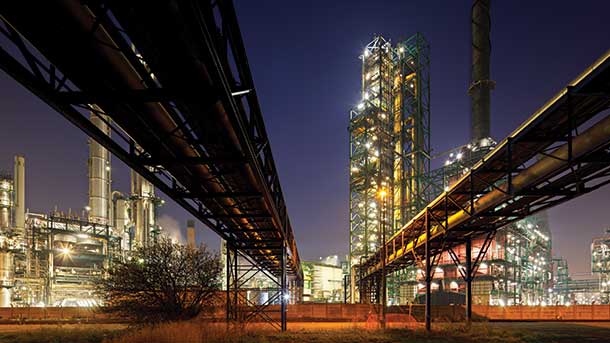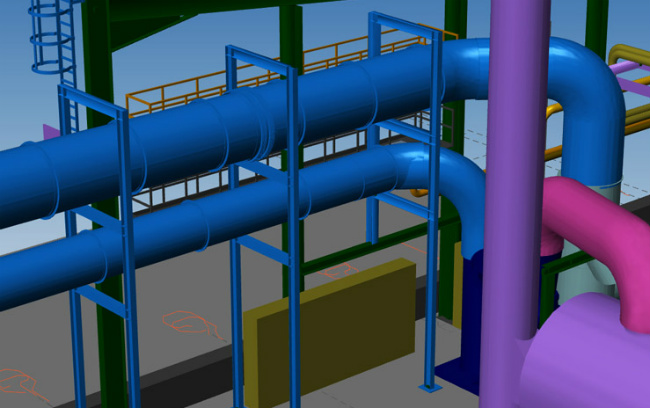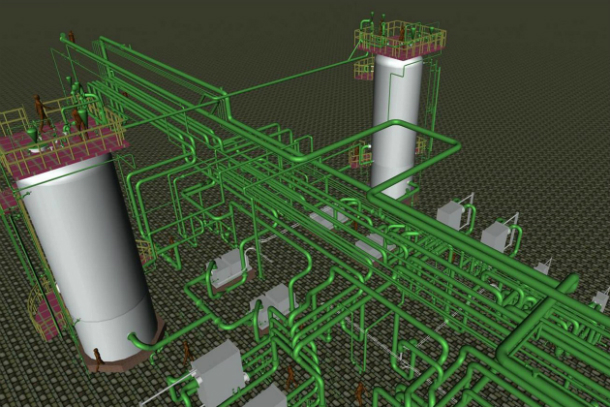
Importance of Seismic Design in Piping Systems
Piping systems are of vital importance to almost all the industries whether it is refinery, oil & gas or any petrochemical plant. The piping systems play a crucial role in transporting raw and refined materials, oil and gas, from one place to another through several components including furnaces, tanks, distillations columns, and pressure vessels.

Benefits of Seismic Analysis of Piping Systems:
Some studies suggest that piping system structures are vulnerable to earthquakes, and the damages caused to the system and its components can lead to catastrophic accidents. Seismic analysis of piping systems can help safeguard them against the seismic events. The other benefits offered by seismic design of piping systems include:
- Proof Testing: Seismic analysis provides new insights into how to better design the piping systems to predictable performance levels. They also can be used for “proof testing,” their performance capability for any recorded event can serve as the benchmark for performance during earthquakes.
- Post-earthquake Repair: Seismic design not only helps engineers analyse the event for which the piping system was designed but also the event for which it has to be refurbished. This vital information leads to lower repair costs because the piping system will be designed along with its key vulnerabilities.
- Enhanced Seismic Hazard Maps: The piping design for seismic conditions assists in the understanding of the anticipated hazards at a particular piping system. It prepares the system for potential seismic situations and define specific measures for the earthquake.
- Refined Analysis Techniques: Seismic design help piping engineers to analyse the performance of piping systems during the earthquakes. It helps to improve their ability to model the refinery piping system behavior for a particular ground motion. Seismic design of piping system refines the seismic analysis techniques.
- Improved Procedures for New Piping Structures: The seismic monitoring provides the records required to calibrate the piping engineering process for new piping system structures. The benefit also manifests itself with the reduction in the seismic mitigation cost and reduction in the expected loss.
- Improved Rehabilitation Process for Existing Piping System: From the engineering decision to seismic hazards, the process for identifying the seismic design for a piping system, to the techniques for rehabilitating existing piping structures, the seismic design enhances the piping system understanding, reduces conservatism, and make seismic mitigation cost-efficient and acceptable. It help improve the rehabilitation procedures of existing piping systems.
The lack of proper seismic design of piping systems guidelines and inadequacy of the available standards can lead to destruction in piping systems of any oil & gas refinery, petrochemical or other plants. An in-depth research can help understand better the analysis criteria and seismic design of piping systems. The seismic analysis assists to identify the design standards limits and critical aspects of piping system design.
Rishabh Engineering provides stress analysis services for piping systems via renowned CAESAR II software to qualify the piping systems for seismic loads and ensure that the piping systems can bear the stress generated during the seismic event (like an earthquake). This minimizes the damage to the piping systems and prevents them from major safety hazards.
Are you looking for the detailed piping design and engineering for your plant?
We have the proven track record in piping system engineering for most complex projects.
Call us now: 1-877-RISHABH (1-877-747-4224)
Or
Related Blogs
Related Blogs
Piping Support Design and Engineering
Pipe support design is an important component of piping engineering…
Detailed Engineering of Piping Systems
Detailed engineering involves design, detail, engineering and layout of piping…


